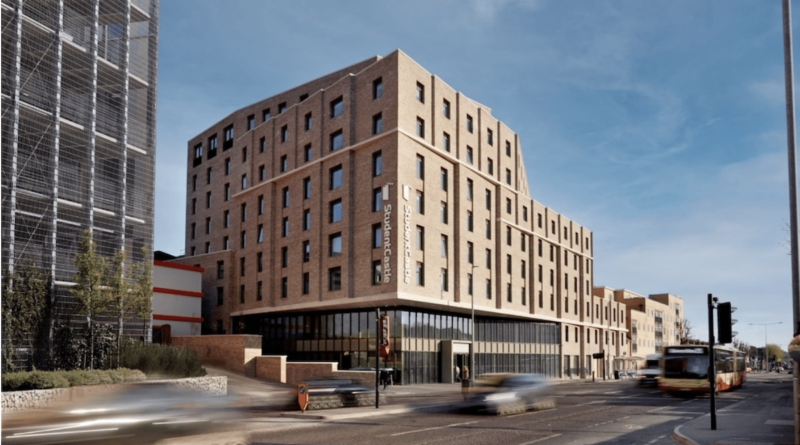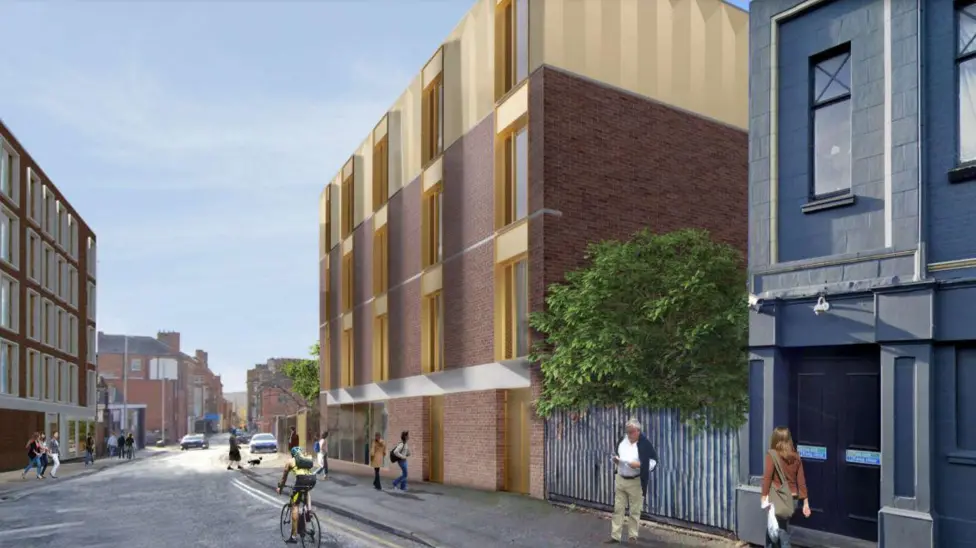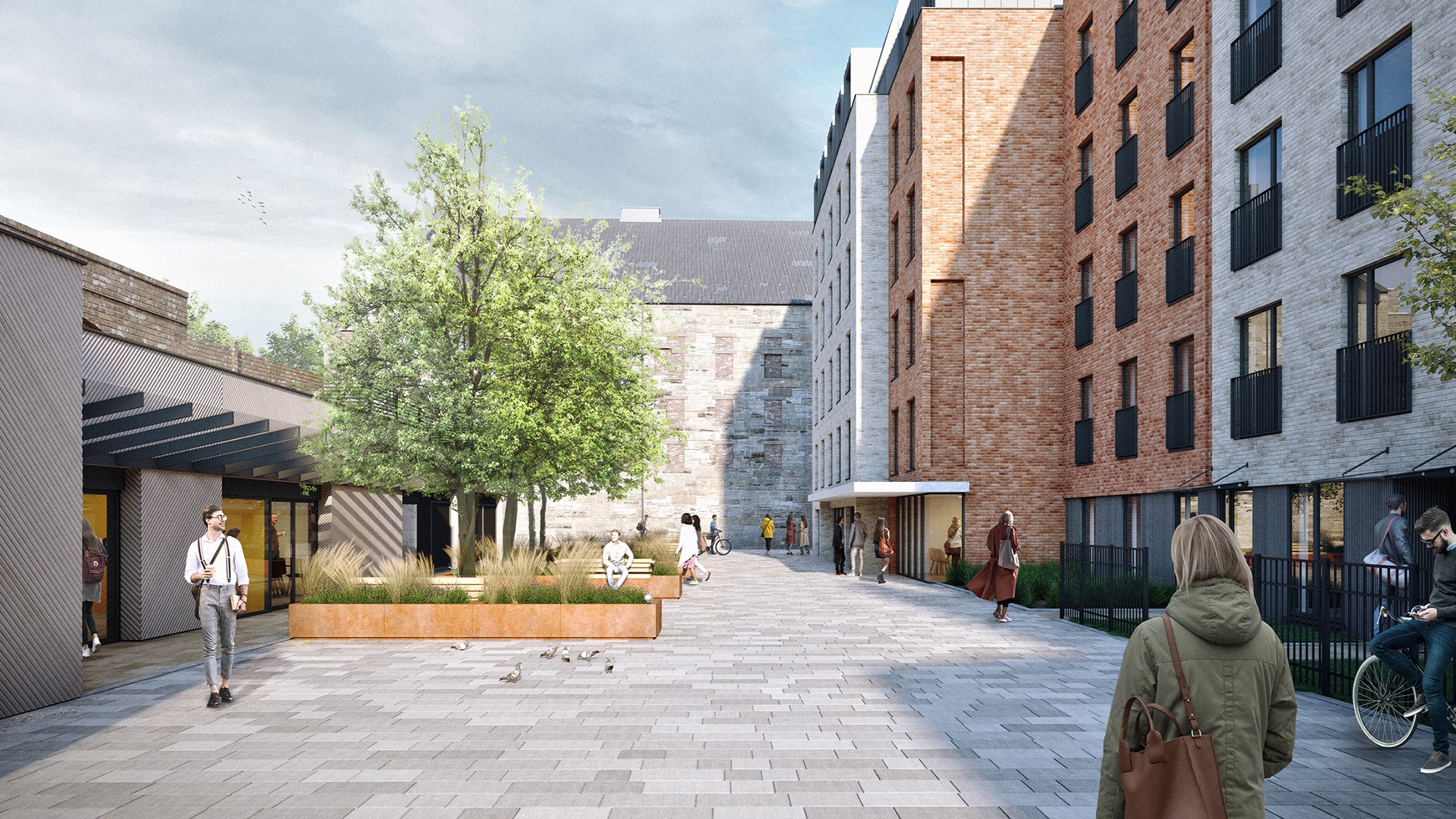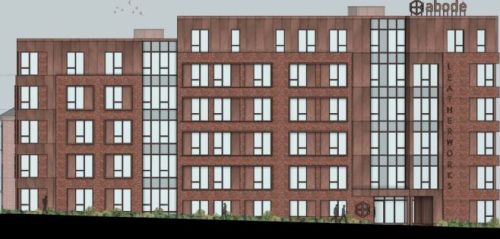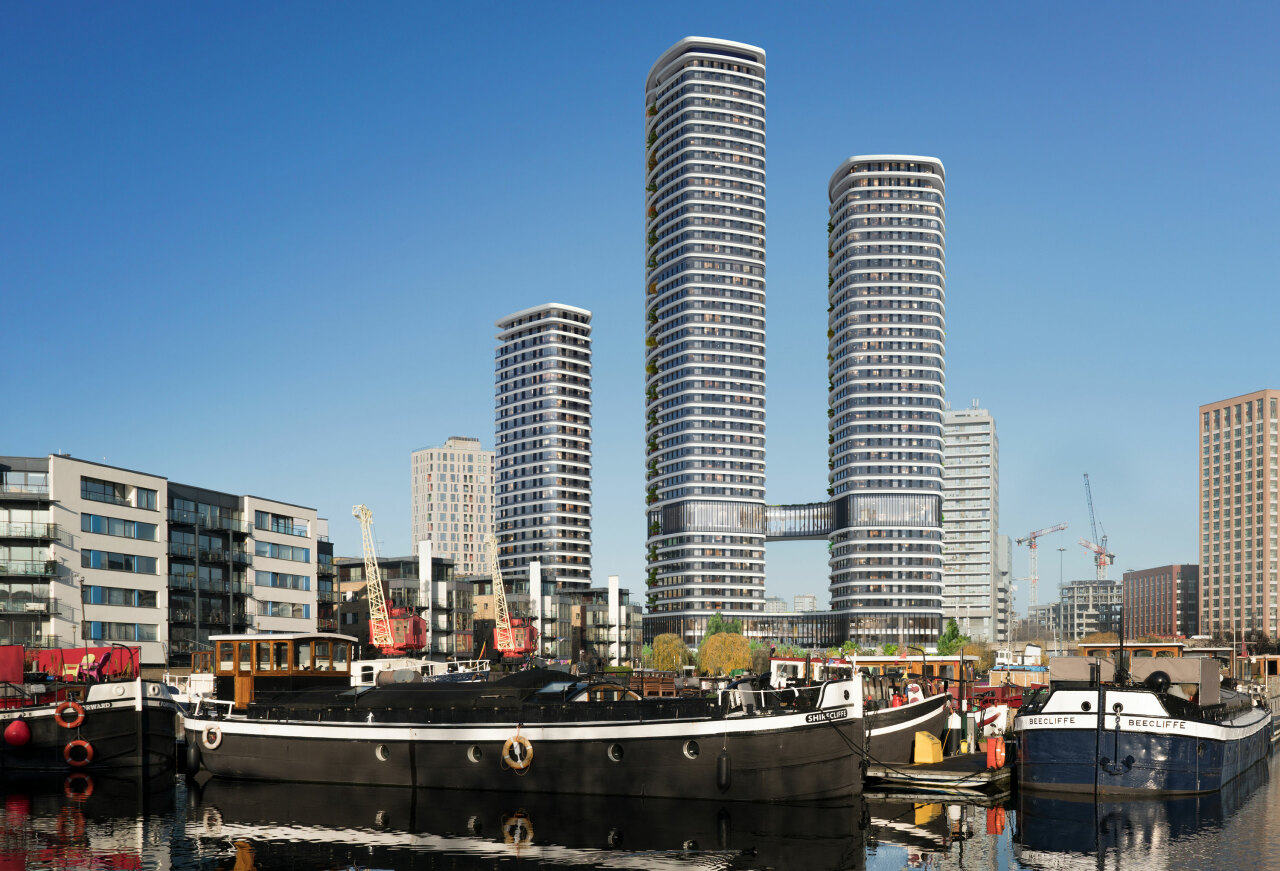As demand for student accommodation continues to rise, Alice Moore, associate director at Boyer, looks at the obstacles to delivering more inventory.
In the last decade student numbers have grown significantly and Purpose Built Student Accommodation (PBSA) has become an increasingly important form of development, which delivers significant economic benefits to the country. Despite this, PBSA completions have been falling in recent years due to various market challenges, as well as the challenges securing planning permission.
There were nearly three million students in the UK last academic year (2022/23) according to the HESA, with approximately 2.4 million of these studying full time courses. Much of the demand for PBSA is driven by first year undergraduate students not living in university halls, and international students. The remaining demand is predominantly accommodated within the private rented sector, with many second and third year students across the country living in shared houses and HMOs, which is typically a more affordable product.
The GLA’s Draft PBSA Guidance document (2023) highlights that a lack of supply of PBSA across London is resulting in higher rents in the private rented sector (PRS): “current indications suggest a lack of PBSA supply relative to growing numbers of students, which is instead contributing to competition and higher rents in the private rental market.”
The new government’s Renter’s Rights Bill, which is making its way through Parliament at speed, is predicted to further drive up costs in the private rental market, if, as predicted, many landlords choose to leave the PRS. This is likely to further increase the demand for PBSA across the country.
Despite the anticipated demand, one of the key challenges when securing planning permission for PBSA is often securing the use itself, especially when balancing the need for PBSA against other competing demands.
One of the most significant of these is housing, given the pressing need for conventional housing across the country and pressure to meet housing targets. Labour’s pledge to deliver 1.5 million homes within this parliament and the introduction of mandatory housing targets will further increase these pressures.
PBSA is an important component of housing delivery, not only because it meets the need for students, but also because it delivers wider benefits to the housing market by alleviating pressures on traditional rented homes.
This is recognised in the Government’s Housing Delivery Test Guidebook, which confirms that the PBSA counts towards housing delivery at a 2.5:1 ratio, based on the national average number of 2.5 students sharing one self-contained home. Therefore, in effect, the provision of 250 student bedspaces can free up 100 self-contained homes for families to use.
The concept of freeing up HMOs, which can then return to standard residential use, is recognised by many councils. However, in the absence of specific student housing targets, it is not uncommon, especially across London, to see policies prioritise the delivery of traditional housing and restrict the delivery of PBSA.
The significant socioeconomic benefits of student accommodation is not recognised, and PBSA is often seen by councils as a way to avoid providing affordable housing. There are also concerns that the current popularity of student schemes, which is partly driven by the viability challenges of delivering conventional housing, means that councils are losing land which could be developed for C3 (residential) use in the future.
As a result of these concerns, we have seen some very anti-PBSA policies. Some councils limit PBSA to very specific locations (such as campuses or existing sites in PBSA use). Others require it to be demonstrated that a site is not appropriate for residential use before PBSA can be considered, or that a student development be readily capable of conversion to self-contained housing later should the demand for PBSA fall. Another common requirement is to avoid over-concentrations of PBSA.
The GLA’s Draft PBSA Guidance recognises that some boroughs have sought to limit further growth in PBSA and emphasises the benefits that PBSA can bring, including providing diversification to the housing market to assist with market absorption and the delivery of housing numbers, as well as economic and regeneration benefits. It also provides guidance on which locations are likely to be suitable for PBSA; how over-concentration concerns can be identified and managed by councils; and how PBSA developments can be successfully integrated with neighbouring uses and housing types.
This all points to more positively worded PBSA policies and a targeted approach to controlling student accommodation where necessary.
Introducing specific student housing delivery targets would also assist with a more positive approach to PBSA delivery. The London Plan identifies a need for 3,500 student bedspaces per year across London, however this need is not broken down by borough. Only a few boroughs (such as Camden) have sought to identify their share of the need.
Elsewhere in the UK, whilst many student towns acknowledge the need for PBSA and are generally supportive of the use, specific targets are not common. Developers are generally left to evidence the need themselves, either through discussions with higher education establishments or through preparing their own Student Needs Assessments.
Student housing targets would flip the onus on the council to identify and proactively meet their need for PBSA, therefore resulting in more positively worded policies and general support for this important use.
Another opportunity to secure the delivery of more student housing would be bringing in Permitted Development (PD) rights for PBSA. As a Sui Generis use, PBSA developments cannot currently benefit from any PD rights. We have seen an increase in PD conversions to residential use due to the recent changes to the General Permitted Development Order (GPDO). Whilst not appropriate for all types of development, PD conversions can be secured rapidly and are successful at bringing buildings back into use.
Given the supply-demand imbalance which is likely to worsen with the changes to the PRS, it’s clear that the current policy approach is not meeting the need for PBSA adequately, and changes must be made to encourage and support the much-needed delivery of PBSA across the country.


